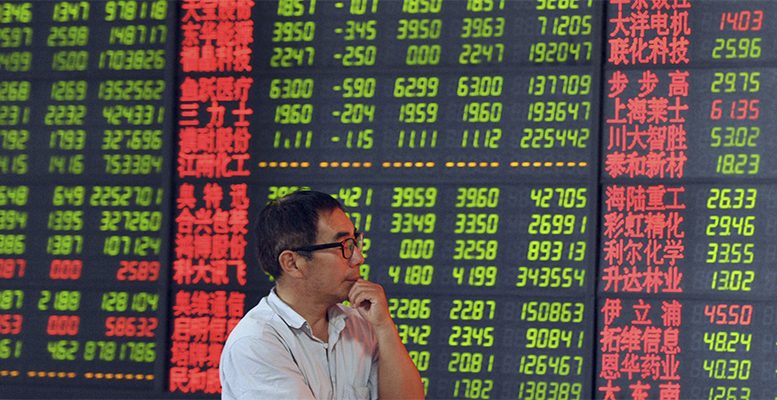Alicia García Herrero (Natixis) | This year, China’s “Two Sessions” have been particularly important to understand where the Chinese economy is heading as it marked the beginning of a new era, that of Premier Li Qiang.
Li Qiang’s first “Work Report” signifies a departure from the previous decade under Premier Li Keqiang’s leadership as Premier, where much more emphasis is put on supply than on demand forces. The focus on the “New Production Forces” points to the new understanding of Chinese leaders’ economic transition, namely from rebalancing to consumption to strengthening advanced manufacturing instead. The lack of a relevant monetary/fiscal stimulus in the Work Report to support demand is another important signal of the change in direction. Foreign investors had been expecting China to announce such stimuli to support the struggling economy but they are now confronted with a further push towards becoming the factory of the world and, this time around, for any kind of product, including the most advanced.
How successful this economic strategy will be very much depends on whether the rest of the world will buy into it, and literally so. By investing more in manufacturing, China will build additional capacity adding to the already existing over-capacity in most sectors. The reflection of over-capacity can be seen from the pervasive and persistent deflationary pressures in China’s upstream sectors, with producer prices having remained negative for nearly two years already. The reality is that, even with falling export prices, China has not managed to increase exports until very recently, opening a big question mark as to whether the rest of the world will absorb China’s additional manufacturing capacity.
The protectionist forces that are being unravelled worldwide, starting with the US but expanding rapidly, will only make it harder for China to sell the products stemming from these “New Productive Forces”. Therefore, the inherent contradiction between Li Qiang’s expectation that the new productive forces offer the solution to China’s growing pains, instead of supporting domestic consumption, and growing protectionism globally is probably the most important takeaway from the policy direction that the recently concluded “Two Sessions” appear to be offering for the Chinese economy.





